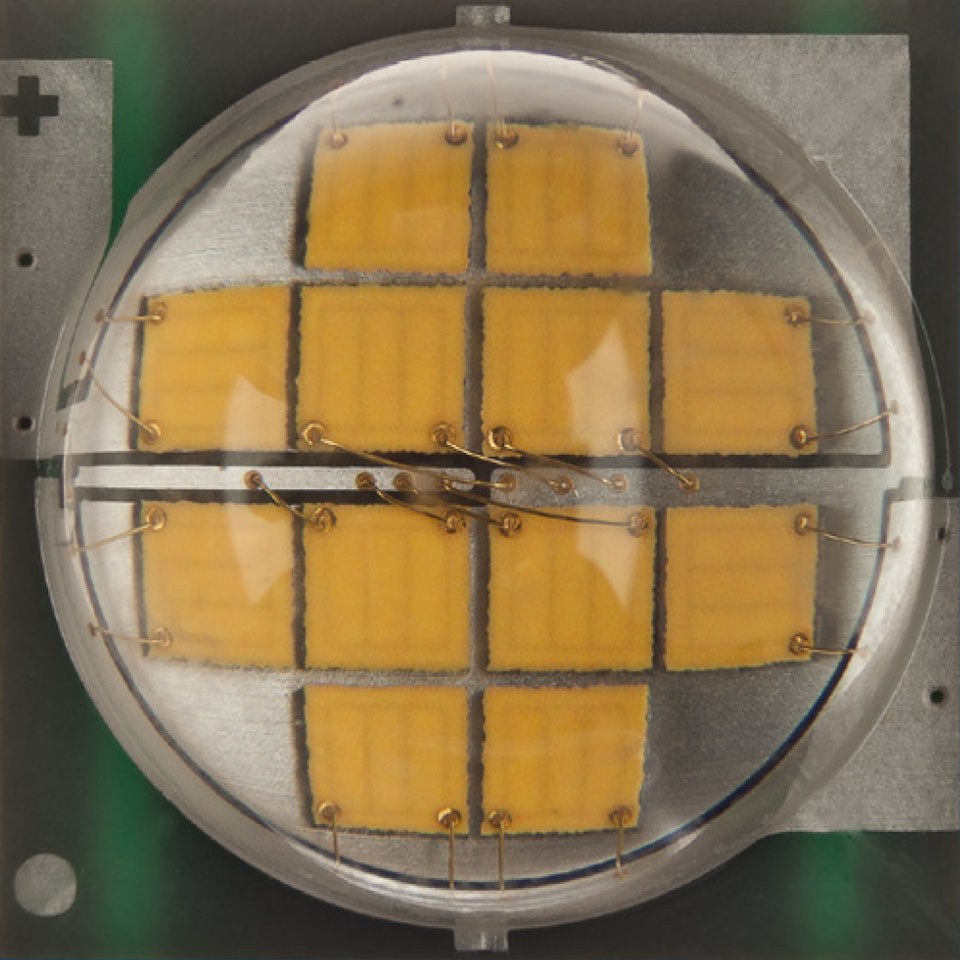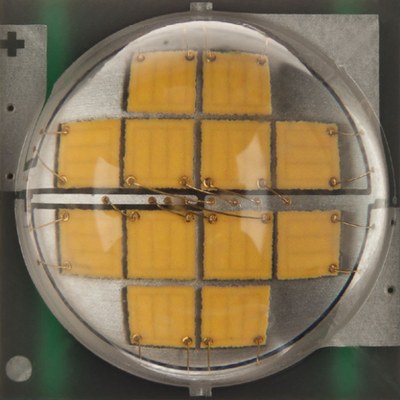Cree Announces New Efficacy Record in Lab: 231 Lumen Per Watt
Cree, Inc., a market leader in LED lighting, reports another industry-best efficacy record of 231 lumens per watt for a white power LED. This result is a significant advance beyond Cree’s previous industry record and further demonstrates how Cree’s relentless innovation continues to push the boundaries of what is possible with LED lighting.
Cree reports that the LED efficacy was measured at 231 lumens per watt using a single-die component at a correlated color temperature of 4500 K. Standard room temperature 350 mA testing was used to achieve the results.
“It wasn’t long ago when 200 lumens per watt was considered the theoretical maximum efficiency for a lighting-class LED. We broke that barrier in 2010, and have now achieved 231 lumens per watt,” said John Edmond, Cree co-founder and director of advanced optoelectronics. “The innovation from our labs is the foundation for our industry-leading XLamp® LED family and an invention that continues our leadership of the LED lighting revolution.”
This R&D result features advanced aspects of the same technology used in Cree XLamp white LEDs. Cree believes higher-performance LEDs can enable new LED-based applications and drive down the solution cost of current LED-based designs.
While this level of performance is not yet available in Cree’s production LEDs, Cree continues to lead the industry with the broadest family of high-performance LEDs.
About Cree:
Cree is leading the LED lighting revolution and making energy-wasting traditional lighting technologies obsolete through the use of energy-efficient, environmentally friendly LED lighting. Cree is a market-leading innovator of lighting-class LEDs, LED lighting, and semiconductor solutions for wireless and power applications.
Cree’s product families include LED fixtures and bulbs, blue and green LED chips, high-brightness LEDs, lighting-class power LEDs, power-switching devices and radio-frequency/wireless devices. Cree solutions are driving improvements in applications such as general illumination, backlighting, electronic signs and signals, variable-speed motors, and wireless communications.


